 Tambaquí. Illustrated by SV Medaris Tambaquí. Illustrated by SV Medaris Another economically important fish featured on menus is the tasty tambaquí. This amazing fish is equipped with powerful, molar-like teeth for crushing its food—the fruits and seeds, especially the hard seeds of the rubber tree, that fall into the water of the flooded forest. A regional specialty is picadinho de tambaquí, which is a mixture of fish chunks served with rice, jambú leaves and toasted manioc meal. The beautifully colored tucunaré, or peacock bass, is also a prized food fish. It is the coveted catch of fly-fishermen who are beginning to discover the thrills of angling for it in the Amazon basin. A considerable number of catfish, such as surubim, caparari, and filhote, can be sampled. Filhote are juvenile specimens of the largest fish of the Amazon, the giant piraíba, which reaches lengths of 12 feet and weights of 440 pounds. All of these fish must be tried in the restaurants and seen in the markets! After this fascinating exploration of some of the foods of the area, I experienced an unforgettable night time return to port. Sitting on the boat’s rooftop deck, I was entertained by a spectacular display of firefly pyrotechnics and the stars of the southern skies, unobscured by the pollution of civilization.
4 Comments
|
AuthorWe write about food and travel. CategoriesArchives
October 2020
|
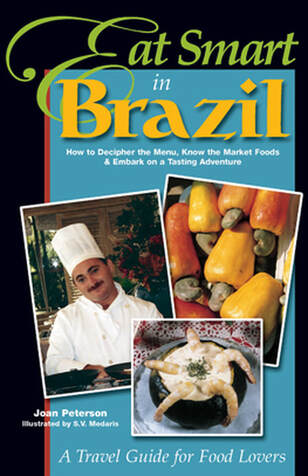

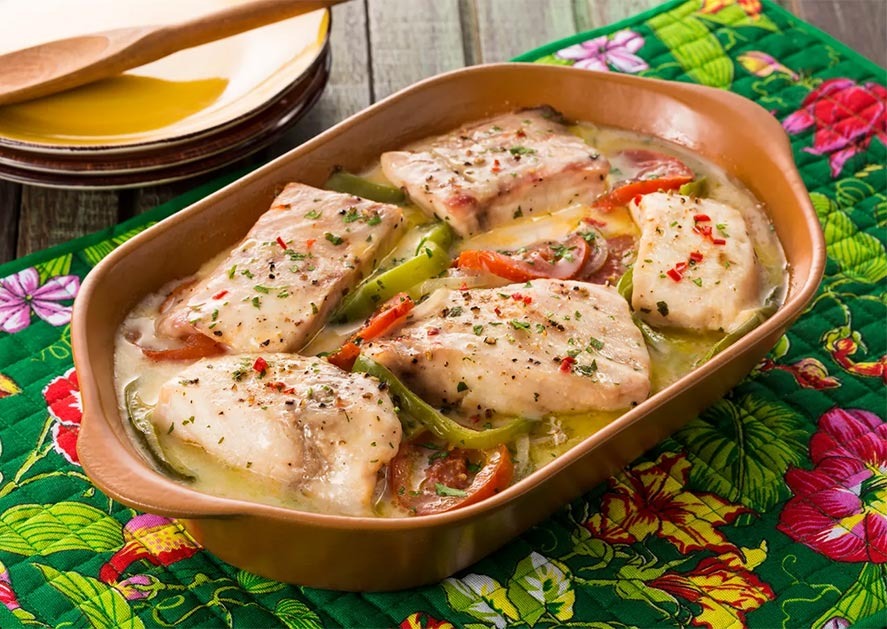
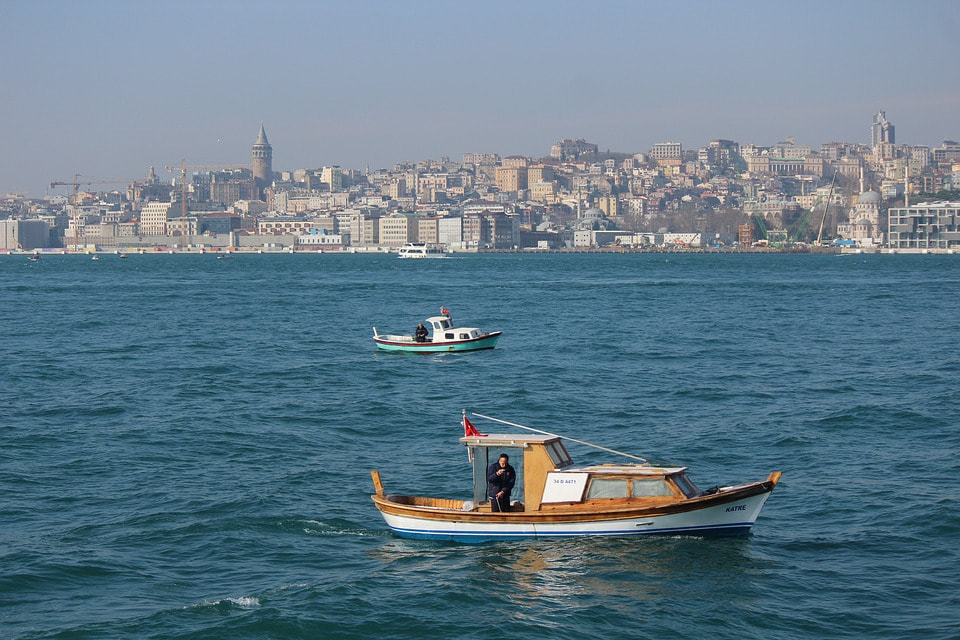
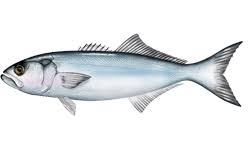
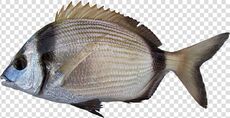
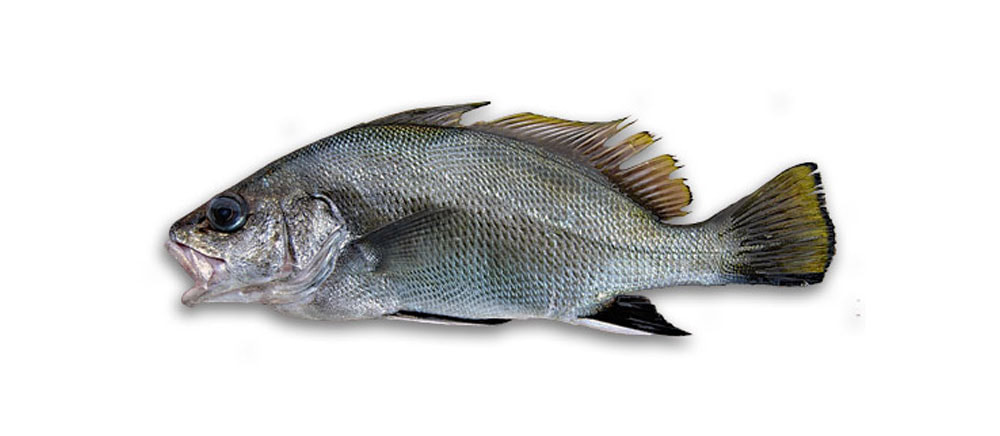
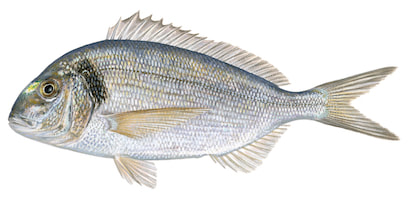

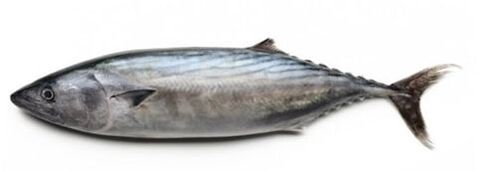
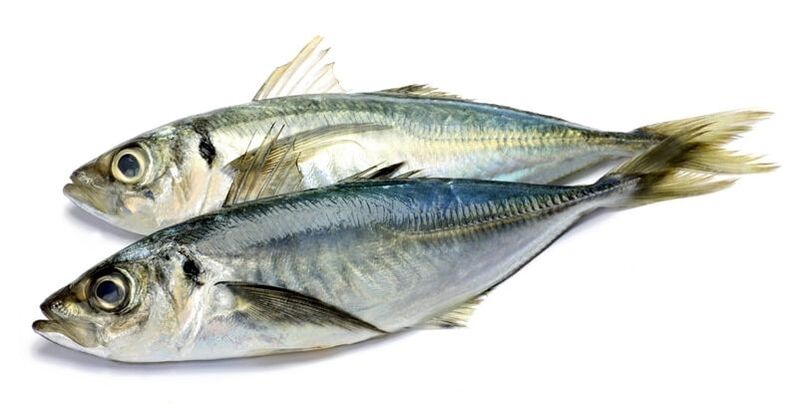


 RSS Feed
RSS Feed